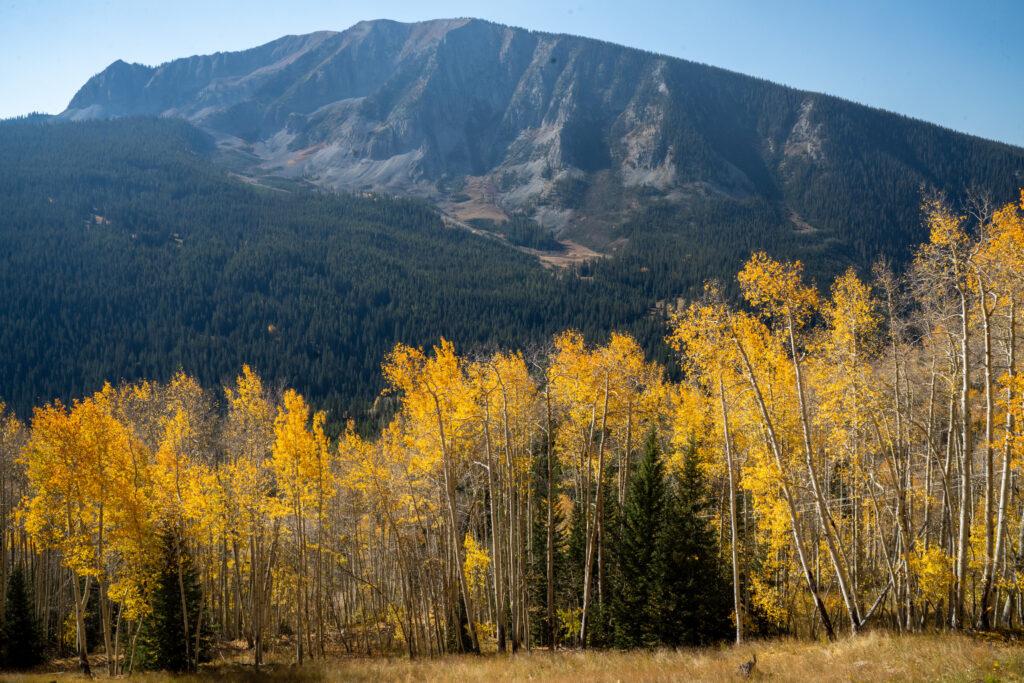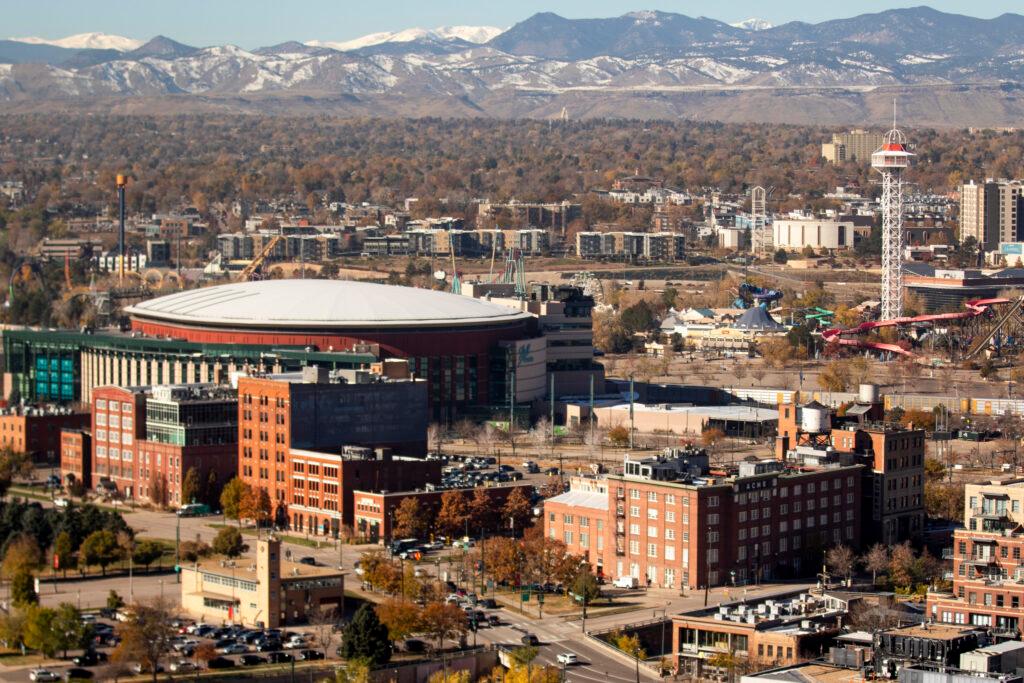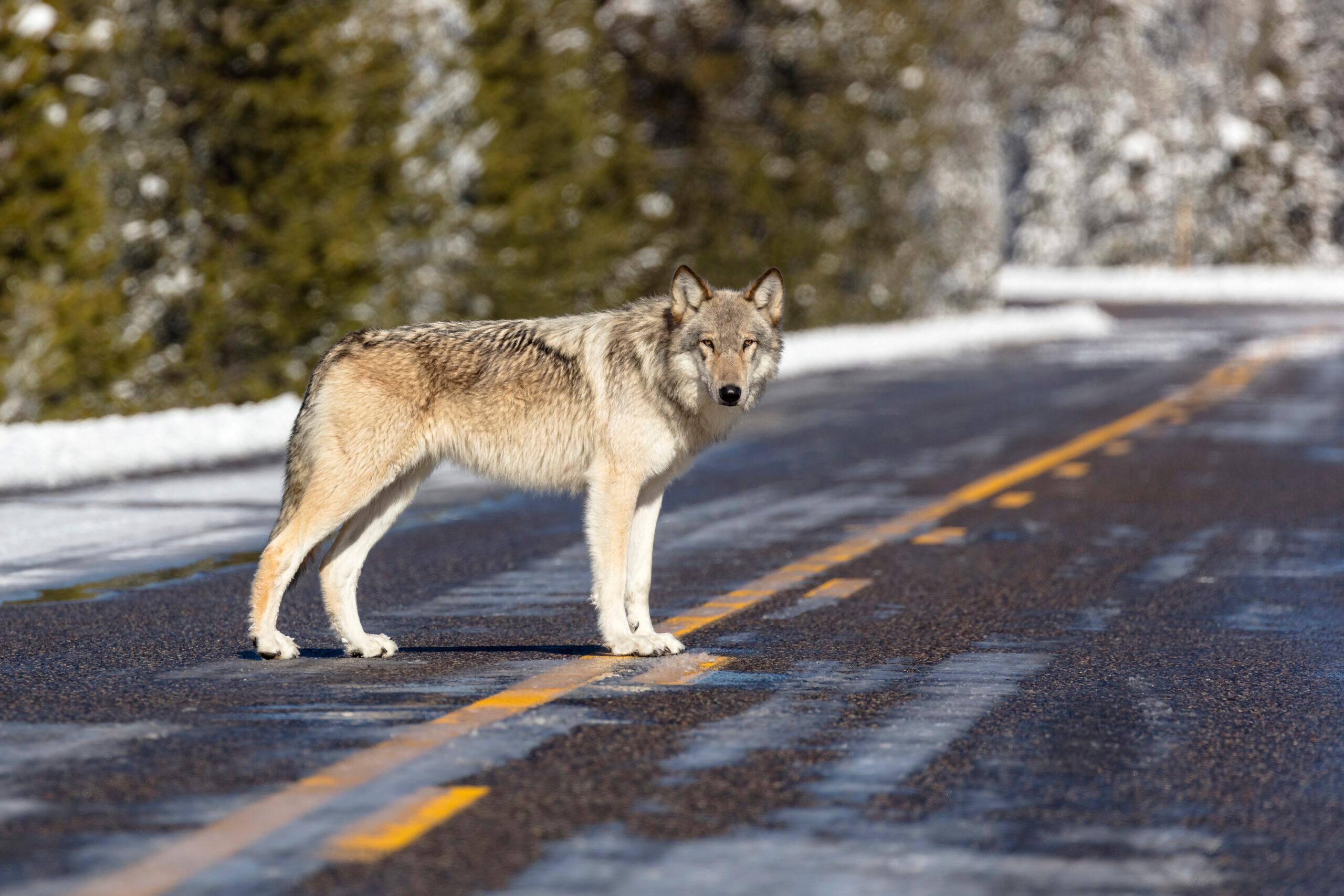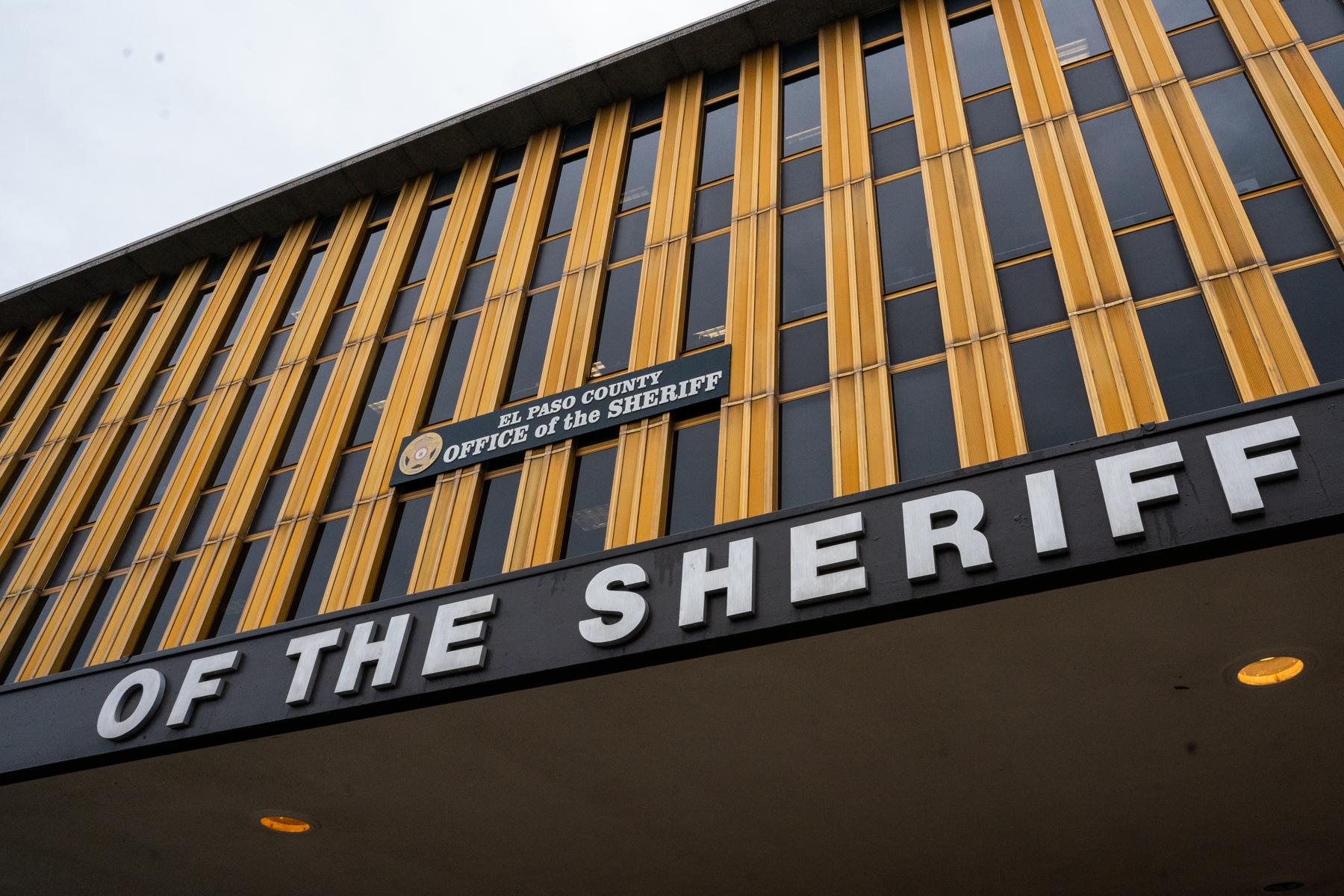
The distinction between Colorado's foothills and mountains might seem obvious to visitors, but even longtime residents struggle to define where one ends and the other begins. The question recently puzzled Aurora resident Sarah Taafe and her father, both lifelong Coloradans, during a routine weather forecast.
"We were talking about the weather report one day about how it was going to be raining more in the foothills than it would in the mountains," Taafe recalled. "I looked at my dad and I said, ‘What is the difference? I don't think we ever covered that in school.’ And he's lived here for over 50 years and he said,’ I don't know.’"
The answer, it turns out, depends on which expert you ask.
Geological Perspective
David Havlick, professor and chair of geography and environmental studies at the University of Colorado Colorado Springs, explained that geologists look to the underlying rock formations for answers.
"Mountains are more typically characterized by igneous and metamorphic rocks since they're the product of more forceful, uplifting, geologic histories," Havlick said. "Whereas the foothills tend to be more characterized by sedimentary rocks where there's surface layers (that) have been pried up."

He points to familiar landmarks as examples: "If we look at places like the flatirons outside of Boulder, those are sedimentary rocks that have been pried up,” Havlick said. “I think most people, if you ask them, would say, ‘Yeah, the flatirons are the foothills.’ Whereas if you go up to Long's Peak, it's a big granite face ... I don't think anyone would question that that's a mountain."
Ecological Zones
Emily Mooney, associate professor of biology at UCCS and principal investigator at the Rocky Mountain Biological Laboratory, approaches the question from an ecological perspective. She notes that distinct plant and animal communities characterize different elevation zones.
"In Colorado, we have distinct ecological zones between the foothills and the mountains," Mooney explained. "The Foothill ecosystem is mostly dominated by shrub communities, gambel oak, or mountain mahogany ... As you travel up, it starts to mix in with the (montane) ecosystem ... and that's where you start to get into the larger trees like ponderosa pines, spruce Douglas fir, and aspen."

These plant communities, in turn, support different wildlife populations.
"Animal life sort of follows the plant community as well," Mooney said. "We might think about foothill species being things like antelope, and then as we go up into the (montane) zone, we might think about maybe some larger species like elk."
Elevation Guidelines
While elevation might seem like a straightforward way to distinguish between foothills and mountains, Havlick cautions that it's not always reliable.
"I think in the northern part of the state, maybe from north of Colorado Springs, rough rule of thumb, you might say above 10,000 feet is the mountains and below that is the foothills," he said.
However, this guideline breaks down in southern Colorado, where some foothill features reach above 11,000 feet.
Human Experience
Sometimes, Havlick suggests, the distinction is more about feeling than scientific classification.
"Maybe that makes our lives more interesting as we travel through the mountains and foothills," he said. "Do I feel like I'm in the foothills or do I feel like I'm in the mountains?"

Historical Interest
The question has intrigued scientists for centuries. Mooney points out that Alexander von Humboldt studied these elevation-based ecological zones in the early 1800s, and researchers continue to examine these transitions today, particularly in light of climate change.
"This is something of consistent historical interest to ecologists," Mooney noted. "A lot of times people are studying how these different zones are shifting and changing in response to changing temperatures."








